Material Science and Engineering
Impurities boost performance of organic solar cells
An electrochemical method for stabilizing a reactive molecule can help the development of higher efficiency solar cells.
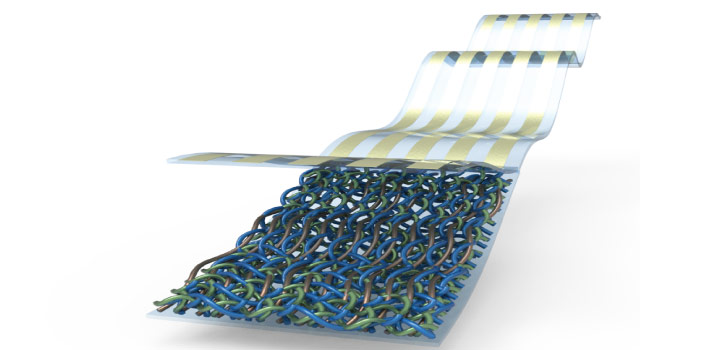
Sunlight offers a potential solution in the search for an energy source that does not harm the planet, but this depends on finding a way to efficiently turn electromagnetic energy into electricity. Researchers from KAUST have shown how a known herbicide can improve this conversion in organic devices.
While solar cells have traditionally been made from inorganic materials such as silicon, organic materials are starting to break through as an alternative because they are light, flexible and relatively inexpensive to make, even offering the possibility for printable manufacture.
For organic photovoltaics to become a realistic replacement for fossil fuels, they must improve their efficiency when converting the fraction of incident solar energy to electrical energy. Key to achieving this is choosing the right combination of materials.
Ph.D. student Yuanbao Lin and Thomas Anthopoulos have now achieved this by developing “an efficient molecular dopant to improve the performance and stability of organic solar cells,” according to Lin.
Most photovoltaic devices have two important elements: an n-type region and a p-region, so called because each region has a net negative and positive electric charge, respectively. These charges can be achieved by adding impurities to the semiconductor. An impurity that creates an n-type material is known as a donor, while an acceptor impurity makes a p-type material.
“The molecular dopant increased both the material’s optical absorption and the lifetime of the electrical charges.”
Lin, Anthopoulos and their team used diquat (C12H12Br2N2) as a molecular donor dopant to enhance the conversion efficiency of high-performance organic solar cells.
The dopant was added to two organic material systems that have previously shown excellent photovoltaic performance. In one case, the power conversion efficiency was improved from 16.7 percent to 17.4 percent, while they were able to attain a maximum efficiency of 18.3 percent in the other. These improvements were possible because the molecular diquat dopant increased both the materials’ optical absorption and the lifetime of the electrical charges when light was absorbed.
Like many organic n-type dopants, diquat is reactive in an ambient atmosphere; its lack of stability has prevented its use as a molecular dopant so far. However, the KAUST team were able to develop a process that stably created neutral diquat by electrochemically reducing charged diquat, which is stable in air.
This ability makes diquat a promising choice for the next generation of organic solar cells. “The predicted maximum efficiency of the organic solar cell is around 20 percent,” explains Lin. “We will try our best to reach this.”
References
-
Lin, Y., Nugraha, M.I., Firdaus, Y., Scaccabarozzi, A.D., Aniés, F., Emwas, A.-H., Yengel, E., Zheng, X., Liu, J., Wahyudi, W., Yarali, E., Faber, H., Bakr, O.M., Tsetseris, L., Heeney, M. & Anthopoulos, T.D. A simple n‑dopant derived from diquat boosts the efficiency of organic solar cells to 18.3%. ACS Energy Letters 5, 3663−3671 (2020).| article
You might also like
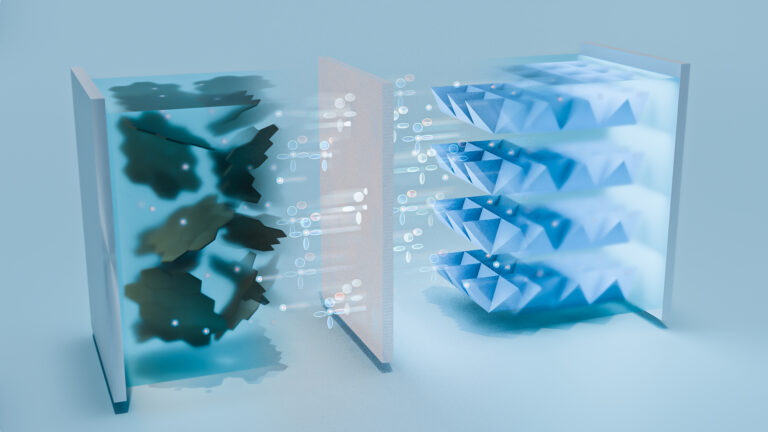
Applied Physics
A single additive enables long-life, high-voltage sodium batteries

Bioengineering
Smart patch detects allergies before symptoms strike
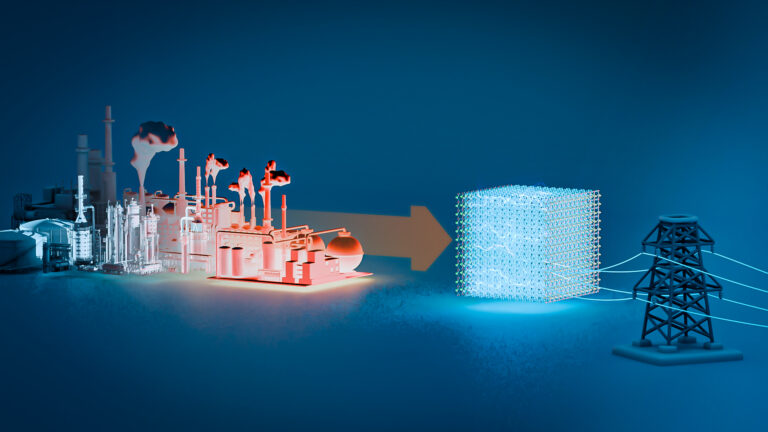
Applied Physics
Two-dimensional altermagnets could power waste heat recovery
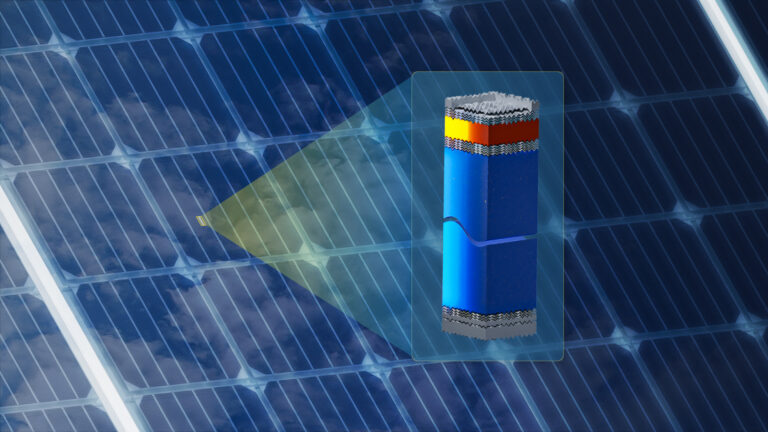
Applied Physics
Interface engineering unlocks efficient, stable solar cells

Applied Physics
The right salt supercharges battery lifespan

Applied Physics
Light-powered ‘smart vision’ memories take a leap forward

Applied Physics
Natural polymer boosts solar cells
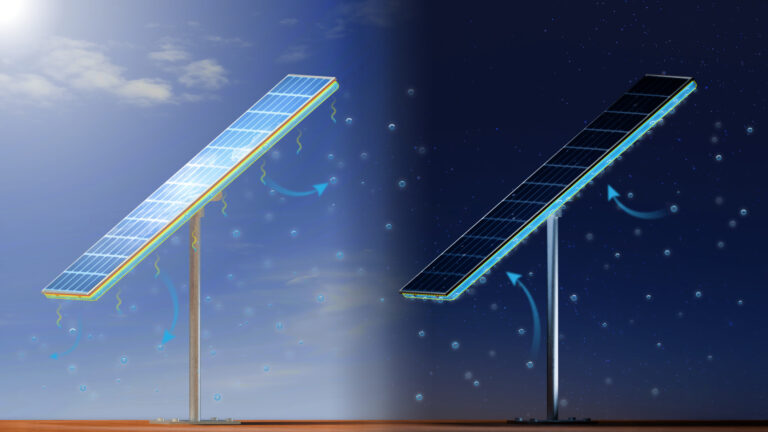
Material Science and Engineering




